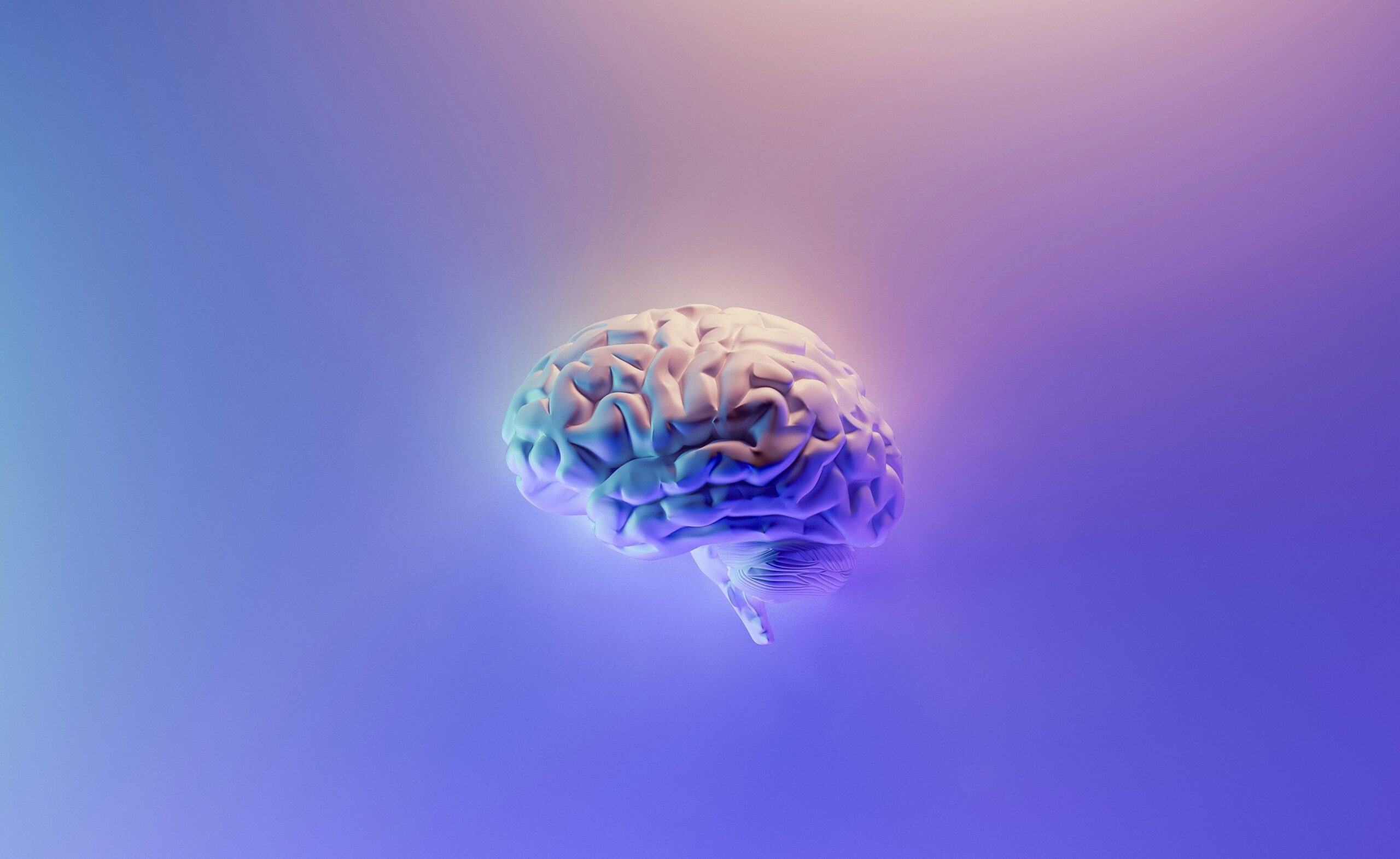
AI excels at mimicking human patterns, processing vast datasets to predict responses. But it lacks the intrinsic comprehension that humans naturally possess… for now.
Artificial intelligence (AI) is making waves in industries across the Middle East, and with the rise of generative tools like ChatGPT, a crucial question emerges: How does AI intelligence stack up against human intelligence?
In the latest in4 video Is AI smarter than us – or just better at guessing?, George Smith, Regional Managing Director for Horizontal Digital EMEA & APAC, asks: "When an AI produces answers to metaphorical questions, is it truly comprehending, or is it simply predicting the next word based on patterns?"
Embed video: https://www.youtube.com/watch?v=tD3mcsaTjPI
This question takes us back to the 17th century and the musings of philosopher John Locke. Locke posited that the human mind is a tabula rasa – a blank slate shaped entirely by experience, explains Smith.
Interestingly, this mirrors the way we train large language models – AI systems trained on vast text data to generate human-like text. As Smith explains, "We take a blank neural network, allow the ‘experience’ of the internet to train it, and let that experience shape the model".
But Locke wasn’t entirely right about human psychology, believes Smith. Far from being a blank slate, the human mind is equipped with innate systems of comprehension. For instance, our understanding of the physical world – concepts like up and down, hot and cold – exists even in simple organisms like slugs. This deeply ingrained comprehension influences how we process language.
The AI-human divide
Human language is a relatively recent innovation, emerging around 150,000 to 200,000 years ago. However, it "hacks" a preexisting system of understanding. For example, when we discuss abstract ideas, we often use physical metaphors: “I ran out of ideas,” “I’m feeling very low,” or “I’ve fallen ill.” These metaphors illustrate how humans connect intangible concepts to tangible experiences.
Smith points out, “It's that use of physical metaphor that illustrates the way humans comprehend in a way that maybe AI doesn’t”. AI might produce coherent responses to questions about, say, poetry – an area often used in Turing tests to distinguish between humans and machines.
While AI might quote, “Shall I compare thee to a summer’s day?” and offer a plausible interpretation, it doesn’t truly understand the emotional resonance or cultural context. It is, as Smith emphasizes, “just guessing the next logical word”.
Will AI surpass human intelligence?
As of 2024, McKinsey reports that 75% of businesses in the Gulf Cooperation Council (GCC) have adopted generative AI in at least one function to enhance efficiency, but achieving true AI intelligence – akin to human reasoning – remains a distant goal.
However, the gap may narrow as research advances. Neural networks are evolving to incorporate more structured learning, which could enable them to emulate forms of reasoning.
Ray Kurzweil, a prominent AI scientist and principal researcher at Google, predicts that human-level AI will be achieved by 2029.
While progress in AI is undeniable, experts argue that AI is still far from achieving true human-like comprehension. In fact, even as neural networks become more advanced, they still lack key elements of human intelligence, such as consciousness, emotional depth, and a nuanced understanding of context.
What does this mean for businesses?
For businesses in the Middle East, this raises a critical question: How can we leverage AI’s strengths while recognizing its limitations? As AI tools improve, they will excel at automating processes, enhancing personalization, and driving operational efficiency. But understanding the nuances of human emotion and creativity will remain firmly within the human domain – for now.
Smith concludes with a compelling reminder: "AI is an incredible tool, but at its core, it’s a tabula rasa – a scraped slate trained on patterns. It’s up to humans to guide it with strategy and empathy”.
The future of AI in the Middle East is undeniably bright. By balancing innovation with an understanding of AI’s current limitations, organizations can harness its potential to create meaningful, human-centric solutions.




